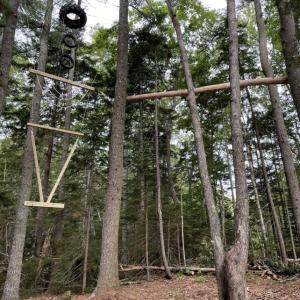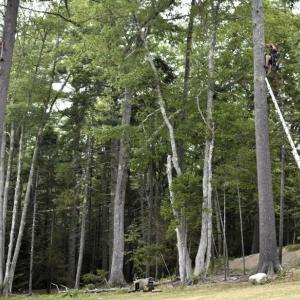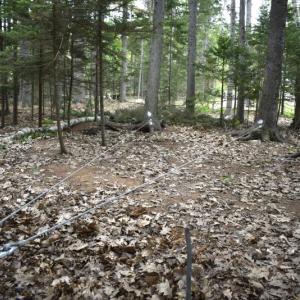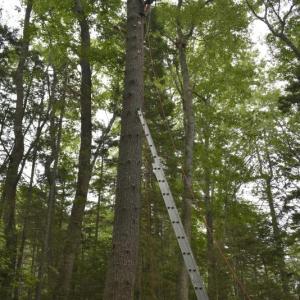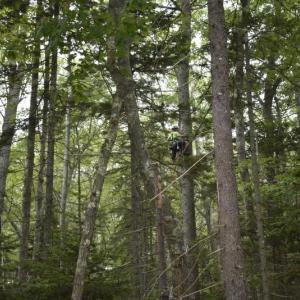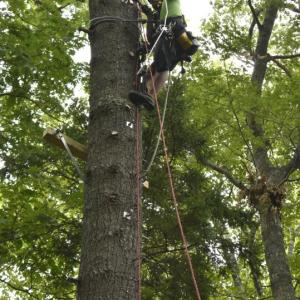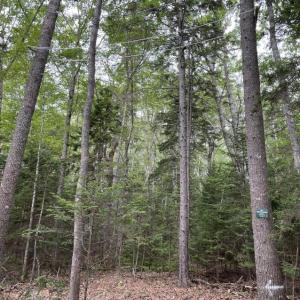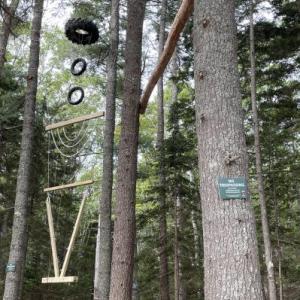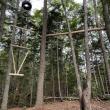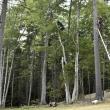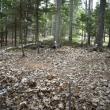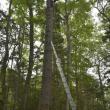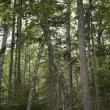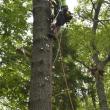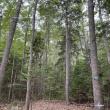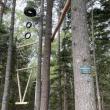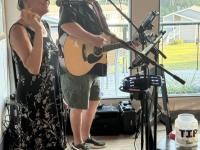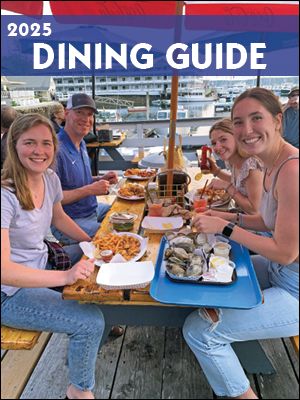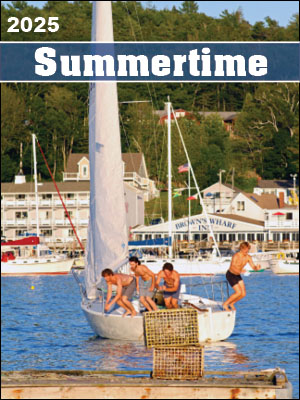Challenge course to elevate BRHS education
 "Vertical Playpen," left, and "Cat Walk," right, are two of the elements in the new challenge course at BRHS. FRITZ FREUDENBERGER/Boothbay Register
"Vertical Playpen," left, and "Cat Walk," right, are two of the elements in the new challenge course at BRHS. FRITZ FREUDENBERGER/Boothbay Register
 Workers from High 5 Adventure Learning Center install course elements. FRITZ FREUDENBERGER/Boothbay Register
Workers from High 5 Adventure Learning Center install course elements. FRITZ FREUDENBERGER/Boothbay Register
 The course includes both low and high elements. FRITZ FREUDENBERGER/Boothbay Register
The course includes both low and high elements. FRITZ FREUDENBERGER/Boothbay Register
 FRITZ FREUDENBERGER/Boothbay Register
FRITZ FREUDENBERGER/Boothbay Register
 FRITZ FREUDENBERGER/Boothbay Register
FRITZ FREUDENBERGER/Boothbay Register
 FRITZ FREUDENBERGER/Boothbay Register
FRITZ FREUDENBERGER/Boothbay Register
 FRITZ FREUDENBERGER/Boothbay Register
FRITZ FREUDENBERGER/Boothbay Register
 FRITZ FREUDENBERGER/Boothbay Register
FRITZ FREUDENBERGER/Boothbay Register
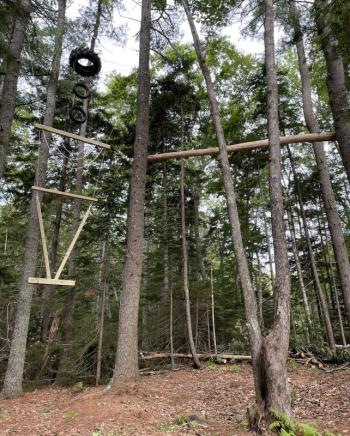 "Vertical Playpen," left, and "Cat Walk," right, are two of the elements in the new challenge course at BRHS. FRITZ FREUDENBERGER/Boothbay Register
"Vertical Playpen," left, and "Cat Walk," right, are two of the elements in the new challenge course at BRHS. FRITZ FREUDENBERGER/Boothbay Register
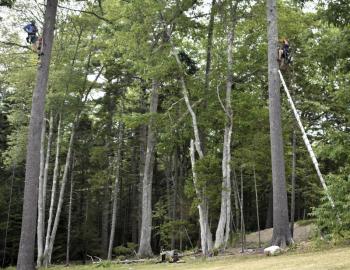 Workers from High 5 Adventure Learning Center install course elements. FRITZ FREUDENBERGER/Boothbay Register
Workers from High 5 Adventure Learning Center install course elements. FRITZ FREUDENBERGER/Boothbay Register
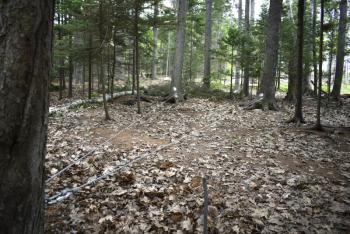 The course includes both low and high elements. FRITZ FREUDENBERGER/Boothbay Register
The course includes both low and high elements. FRITZ FREUDENBERGER/Boothbay Register
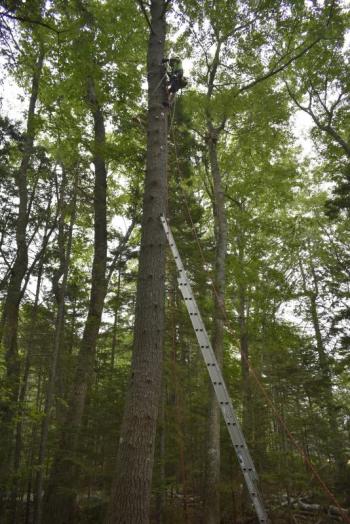 FRITZ FREUDENBERGER/Boothbay Register
FRITZ FREUDENBERGER/Boothbay Register
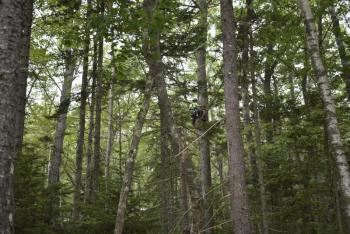 FRITZ FREUDENBERGER/Boothbay Register
FRITZ FREUDENBERGER/Boothbay Register
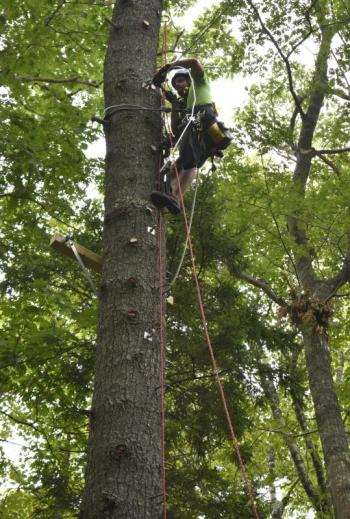 FRITZ FREUDENBERGER/Boothbay Register
FRITZ FREUDENBERGER/Boothbay Register
 FRITZ FREUDENBERGER/Boothbay Register
FRITZ FREUDENBERGER/Boothbay Register
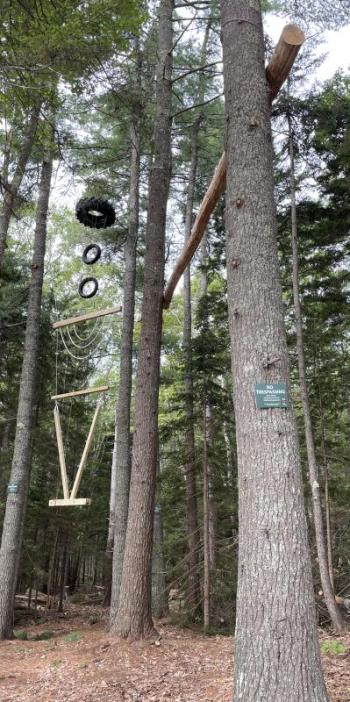 FRITZ FREUDENBERGER/Boothbay Register
FRITZ FREUDENBERGER/Boothbay Register
Boothbay Region High School (BRHS) students will gain a new perspective this year — one from 40-feet in the air. The school's brand-new adventure challenge course was recently completed Aug. 14.
High 5 Adventure Learning Center, a non-profit educational organization from Vermont, installed it in the woods behind the field hockey field, among the trees. Lead Builder Krister Raasoch said workers go around New England installing similar courses at schools, camps, and other venues.
“We use adventure education as an avenue to help people live and work and learn and grow together. It's a lot about connections,” he said.
This particular course connects around 1,000 feet of cable to make up nine elements: five low and four high. The low elements are around knee-height, the higher ones are up to around 40-feet. The course was paid for by over $35,000 in grant funding from the Mid Coast Parkview Health-LincolnHealth, Community Health Improvement Fund, as reported in the Register.
BRES coach, BRHS teacher and program lead Dennis Dacus said he has around 16 years of experience in running a ropes course from his previous position at Cony High School. To prepare, he also went to a week-long intensive training in May for a refresher.
Currently, the course is exclusively for high school students and will be part of the physical education curriculum, including as a requirement for freshmen. Dacus said it will help students develop skills around communication, teamwork, and self-confidence by gradually building more advanced skills.
Students begin by learning how to interact and communicate. They then go through trust exercises, blindfold exercises, and, eventually, the low and high elements.
“We've learned how to cooperate? And now we're learning how to help each other climb trees and hold ropes. And make sure people don't fall. Setting kids up for just challenging themselves and seeing what they have inside,” he said.
Safety is naturally a top priority. Dacus said participants are in harnesses and connected to several belayers and backup safety systems. However, he said that over his 24-year career in physical education, he's had more injuries in basketball than climbing trees.
The course is also off limits during non-school hours, with high elements inaccessible from the ground and warning signs posted around. “You have your own character assessment, whether you want to jump on something you shouldn't,” Dacus said.
However, under supervision, Dacus said the course will benefit the larger Seahawk community. He expects clubs, sports teams, staff, or other groups will want to experience it.
“It's a great equalizer because there are athletes who are very timid about climbing trees, and there are non-athletes who will fly around and have the best time of their lives 40 feet off the ground,” he said. “It kind of levels the playing field for everybody. You don't have to be athletic to challenge yourself and climb trees and overcome fears.”

